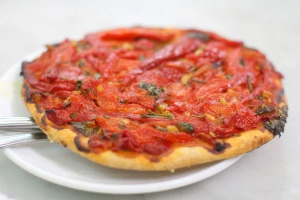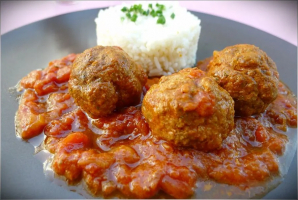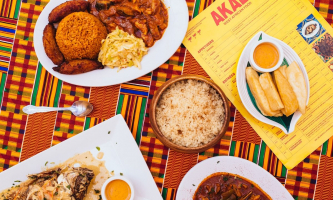Top 8 Best Foods in Belarus
How many emotions does this sentence elicit in someone who has ever tried Belarusian national cuisine? Everyone enjoys the juicy, tasty, and hearty Belarusian ... read more...cuisine. Many Belarusian meals are traditionally made with potatoes, which are possibly the most popular vegetable in the country. However, in addition to the well-known to all draniki delicacies, there are many other incredibly tasty foods that everyone who visits this nation should try.
-
As you'll discover shortly, draniki is a simple potato pancake that's extremely similar to a Jewish latke. This isn't a coincidence by any means, as both dishes are based on Jewish customs.
To begin, a little about the name draniki. There is an old Russian verb called drat, which roughly translates to "to grate." The word's meaning has since altered to something more like to "to flog," but draniki had already been given a name before that. Draniki was able to escape the Soviet era and exist as a relic of older Belarusian cuisine in part due to its ease of preparation (as we'll discover shortly). It is now considered a national delicacy in Belarus.Draniki (potato pancakes) is the most common and popular dish in Belarusian cuisine. Grated potatoes and onions are the key ingredients in Draniki, but other recipes also contain beef, bacon, mushrooms, and cheese. Sour cream is usually served with them. Most Belarusian restaurants, as well as many fast food booths, serve draniki.

https://matadornetwork.com/ 
https://www.tasteatlas.com/draniki -
Kletski – boiling flour balls stuffed with meat – is another popular Belarusian delicacy. Polish pierogi and Russian pelmeni are similar, although kletski are larger and crescent-shaped. Kletski can be eaten on their own or in soup with roasted onions and sour cream.
Kletski are sometimes referred to as Belarusian fast food, owing to its widespread appeal and ease of preparation. Kletski are flour balls that are swiftly boiled in hot water or, if desired, in milk.
People began to add meat filling or even utilize kletski to make soups throughout time, but the taste of the original kletski still reigns supreme. This meal is popular not only in Belarus, but in many other Eastern European nations as well.
Kletski can be served as a stand-alone dish with sour cream and fried onions, or you can add roasted chicken and fresh herbs from the garden to make it a meal. Good luck with your meal!

2foodtrippers.com 
http://www.visit-belarus.com/ -
Tsibriki is a traditional Greek appetizer that goes well with beer. Tsibriki is an excellent road food option for a tour through Belarus' attractions, as it is made with potato and a cheese filling and then fried in a skillet.
Tsibriki aren't quite a full-fledged entrée, but they're a tasty nibble! Beer lovers will appreciate this unusual dish, since crispy tsibriki with cool beer is the greatest match for a cheerful get-together. Finely grated potatoes are made into balls and stuffed with cheese, then wrapped in flour and fried in lard or vegetable oil. After a few minutes, top it with sour cream and you've got yourself the perfect sipping buddy.
Belarusian tater tots are a beloved snack for both children and adults due to their small size and crispy texture, and despite their simple appearance, they create a lasting impact on many tourists.

https://matadornetwork.com/read/belarus-potato-dishes-try/ -
Sashni is a potato-based variant of the meal. Small potato cutlets stuffed with cottage cheese are known as sashni. You'll need an hour of spare time and a lot of excitement to cook.
Potatoes, eggs, flour, and cottage cheese are required ingredients. Let's start with the potatoes: they must first be boiled before being mashed into a purée. Then, completely combine the flour and egg with the potato mixture. After the cottage cheese and egg are combined together and layered on the flat potato cakes(which must be made ahead of time:), one cake is covered with another, like a patty, and fried till golden brown on all sides.
The result is a delicate potato that melts in your tongue when combined with a smooth curd. Sashni is especially common among children.

https://www.visit-belarus.com/ -
Zhurek is an oat-and-dark-bread soup that is popular in both Poland and Belarus. Very unique and uncommon soup with a long history dating back to Monomakh's reign. One of the rare Belarusian recipes that does not include potatoes?
The secret to the soup's peculiar flavor is the leaven, which is made from oats and black bread. Place the leaven in a warm location for 2-3 days. The leaven is then strained and combined with fatty meat, veggies, and garlic before being put on fire.
Even if you don't like cooking, after you've had this distinctive soup, you'll want to make it yourself. You should cook the oats and bread mixture for three days before straining it and mixing it with meat, veggies, and garlic. The soup is then simmered over a low heat for a long time.

Source: shutterstock 
Source: shutterstock -
Machanka, a Belarusian stew made with pork, sour cream, flour, and beef stock, is a popular dish in Belarus. Bacon, sausages, or ham, all chopped into very small bits, can be used as the meat. Onions, mushrooms, and dill are commonly added to this soup-like dish.
Machanka is frequently served with draniki pancakes, which are made of potatoes, flour, lard, and salt, and some people believe that the appropriate method to eat machanka is to wrap up the potato pancakes and dip them into the stew.This classic dish, Machanka, is traditionally eaten on Maslenitsa, a pagan celebration still observed in Belarus, Russia, and Ukraine today.

Source: shutterstock 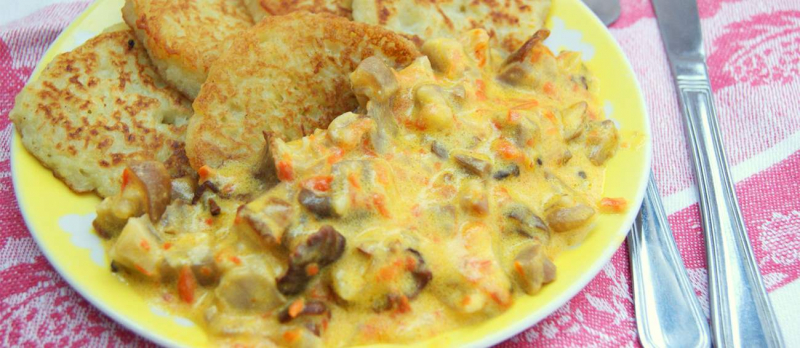
Source: shutterstock -
Beetroot, as well as beef, potatoes, cabbage, carrots, and onions, are the key ingredients of Belarus borscht. Belarusian borscht is less fattening and hot than Ukrainian borscht, and it contains more vegetables than Polish borscht. Borscht is usually served with sour cream and dark bread in Belarusian restaurants.
During the summer, many Belarus restaurants provide cold borscht with precooked beets, eggs, fresh greens, and cucumbers. Chopped ingredients and kefir, a delightful fermented dairy drink, are used in the cold version.
Its popularity has extended across Eastern Europe and the old Russian Empire, as well as to other continents via migration. Borscht is frequently associated with either Jews or Mennonites in North America, as these were the communities who initially brought it there from Europe. Several ethnic groups claim borscht as their own national cuisine, which is served as part of religious rituals in Eastern Orthodox, Greek Catholic, Roman Catholic, and Jewish religious traditions.

Source: shutterstock 
Source: shutterstock -
Kasha is a Belarusian cuisine that can be eaten as a side dish or as a main course. In Belarus, kasha refers to any grain that has been boiled in water or milk. As a result of its popularity in Eastern European countries, kasha is now available as a stand-alone dish.
Buckwheat is the most popular grain in Belarus, however other grains such as wheat or barley can also be used. This is a trait it shares with wild rice, which is not a variety of rice but rather a seed, and quinoa.
When cooking kasha, one of the most common issues is that it can sometimes turn out mushy, indicating that it has been overcooked. To avoid this, use no more than 112 cups liquid per cup of uncooked kasha. It's possible that you'll need even less liquid than that.
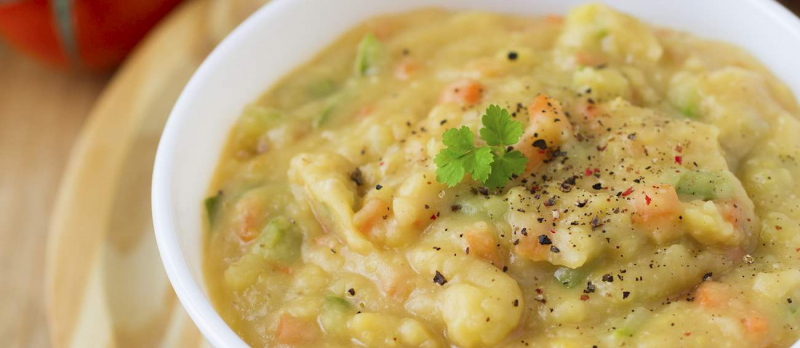
Source: shutterstock 
Source: shutterstock









